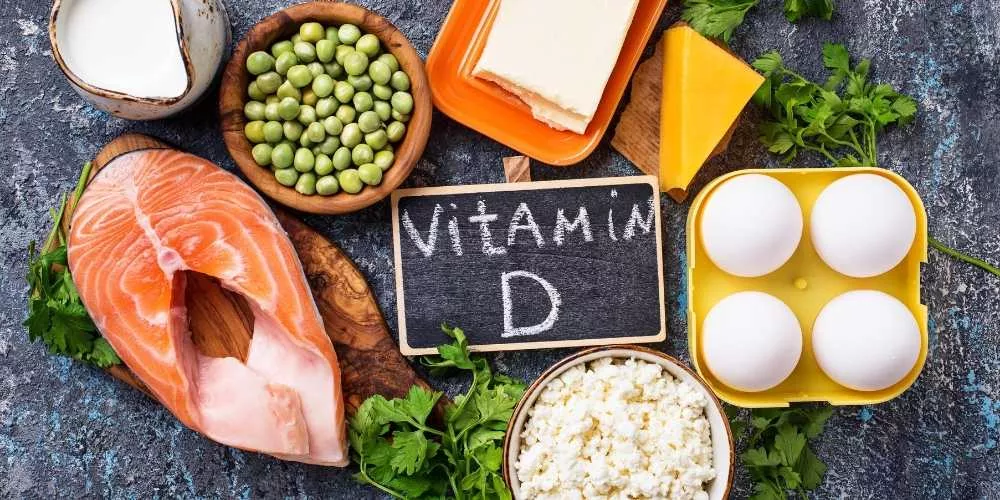
Vitamin D, according to the results of 2021, will most likely be able to qualify for the “customer demand” prize.
In addition to its “classic” properties in the prevention of rickets, its almost dominant role in the fight against “you-know-what” was announced.
And all because most people who had covid had a lack of vitamin D. The observation is fair, but about the same as “all people who have died at least once in their life if bananas.”
But we are not going to deny its usefulness. Its immunomodulatory activity lies in the stimulation of phagocytic activity, which is aimed at combating bacterial, but not infectious diseases, which is the notorious covid.
Yes, most of us are deficient in vitamin D. And, yes, its deficiency must be filled, knowing the measure. Because vitamin D is toxic, and an overabundance of it can do much more harm than good. The main and most important function of vitamin D is to promote the absorption of calcium and phosphorus in the small intestine. By the way, calling it a “vitamin” is actually wrong, since it is essentially a steroid hormone.
There are actually quite a few forms of vitamin D. They differ in molecular structure, but perform the same functions, and they are based on the same molecule – calcitriol. The most famous and valuable forms for our body are D2 (ergocalciferol) and D3 (cholecalciferol). However, there are other dashes as well.
Name | Chemical name | Being in the natural environment |
Vitamin D1 | combination of ergocalciferol | Not found separately |
Vitamin D2 | ergocalciferol | Mushrooms, yeast |
Vitamin D3 | cholecalciferol | Fatty fish liver, dairy products |
Vitamin D4 | 22-dihydroergocalciferol | Metabolism product of active forms of vitamin D |
Vitamin D5 | sitocalciferol | Wheat oil |
Vitamin D6 | stigmacalciferol | Synthesized from plants and under study |
Vitamin D1 is a team player that manifests itself only in combination with other associates of the D group. It is rather difficult to assess its effect on the body separately, due to its instability. It is a combination of ergocalciferol (vitamin D2) and lumisterol. The latter is an enzyme that “helps” D1 move into the hormonal phase.
D2, or ergocalciferol . It is a derivative of ergosterol. Production of dietary vitamin D from fungi involves feeding milk-producing cows UV-irradiated yeast (containing D2 from ergosterol in yeast). This form of the vitamin is ultimately excreted from cow’s milk as D2.
D3, or sunshine vitamin. Naturally synthesized in the skin under the influence of ultraviolet radiation. It accumulates in the liver cells and is gradually consumed by the body during the absence of active sun.
It is impossible to get the required dose of vitamin D from food alone. D3 is synthesized in the skin only under the influence of sunlight, and with them in most of our regions the situation is not as sunny as we would like.
You can make up for the D3 deficiency with the help of certain products, the record for the content of which is cod liver. But do not rush to sweep jars of canned food from the shelves – the highest concentration is found only in freshly caught fish, and not in heat-treated or frozen fish. In addition, cod liver oil is a fatty product and can cause some “discontent” from the pancreas.
To get the required dose of vitamin D, you need to eat 150 grams of salmon or 850 grams of cod daily. Agree, not everyone can afford the task.
So, now the question with an asterisk – have you ever seen marine vitamin D for sale? We bet no. And all because it is extremely difficult to “isolate” it from marine life. However, many Omega-3 vitamins contain vitamin D in their composition and are able to compensate for its deficiency in the body.
On an industrial scale, vitamin D is not produced in the most natural way. Its main source is lanolin, obtained from the wool of sheep. Lanolin is a mixture of sheep’s sebum and their sweat.
The resulting substance undergoes a series of chemical processes, passing through the stage of D4, or 7-dehydrocholesterol, in order to become such a necessary vitamin D3. One sheep’s wool can provide one million 25 micrograms of vitamin D3. This process partially mimics the natural formation of vitamin D3 in our skin under the influence of sunlight, but is based on the catalyzation of certain chemical reactions.
D4, or dihydrotachysterol, 22-dihydroergocalciferol.
It has a functionality similar to D3, while having its own function – it affects the synthesis of parathyroid hormones, which are responsible for maintaining calcium levels in the body. D4, in essence, is a metabolite of vitamin D2 and is formed under the influence of certain enzymes. It has less stability and anti-rachitic activity compared to other D vitamins.
D5, dehydrotachysterol or sitocalciferol , is a synthetic analogue of D3, but has less toxicity due to an altered molecular structure. Studies of vitamin D5 have shown that adding a halogen atom to a certain chemical chain gives D5 the ability to enter into compounds with abnormally growing cells and block their further reproduction. Thus, D5 shows a good therapeutic effect in the complex therapy of cancer.
Not so long ago, scientists synthesized another representative of group D, stigmacalciferol, from plants, but its properties are still under study.
Summarizing, we can say that:
Friends, sunny days and good health!
Copyright © 2023 BioMarine-GCC.com | Powered by EgyDot.com